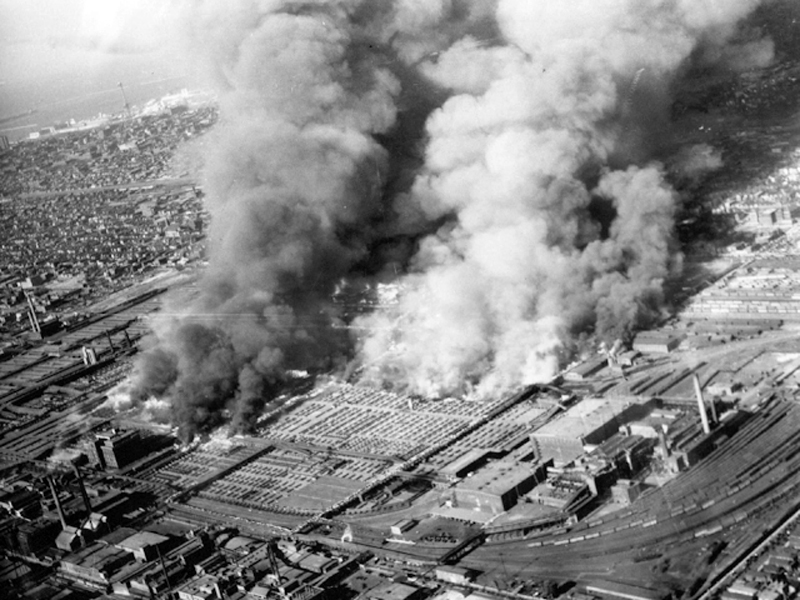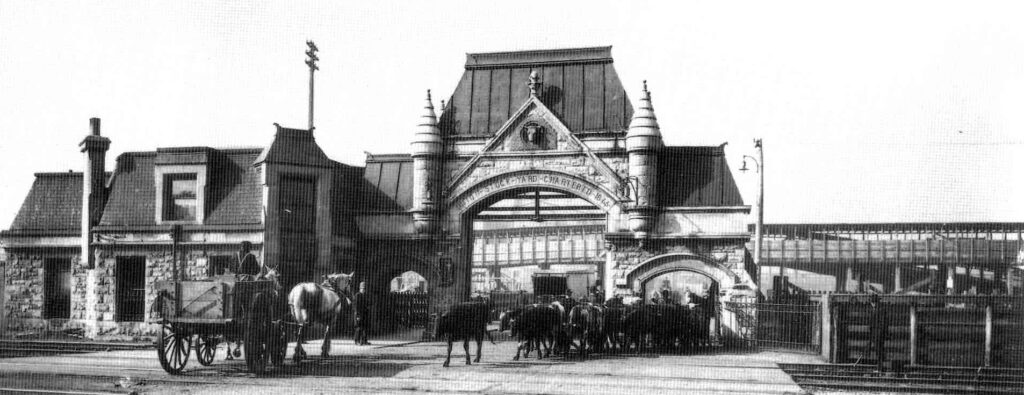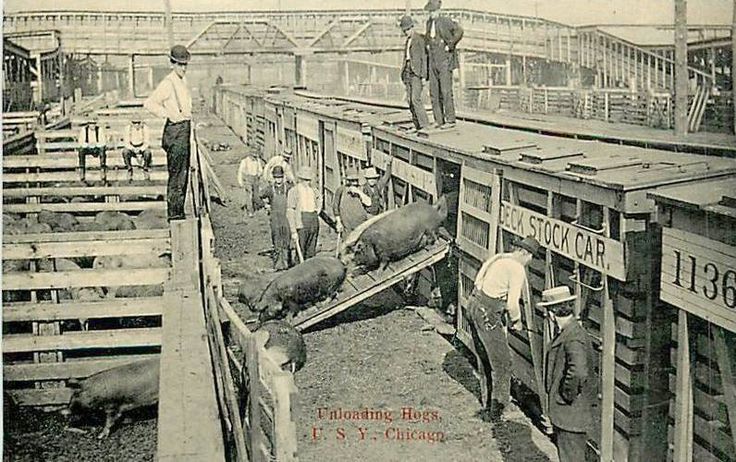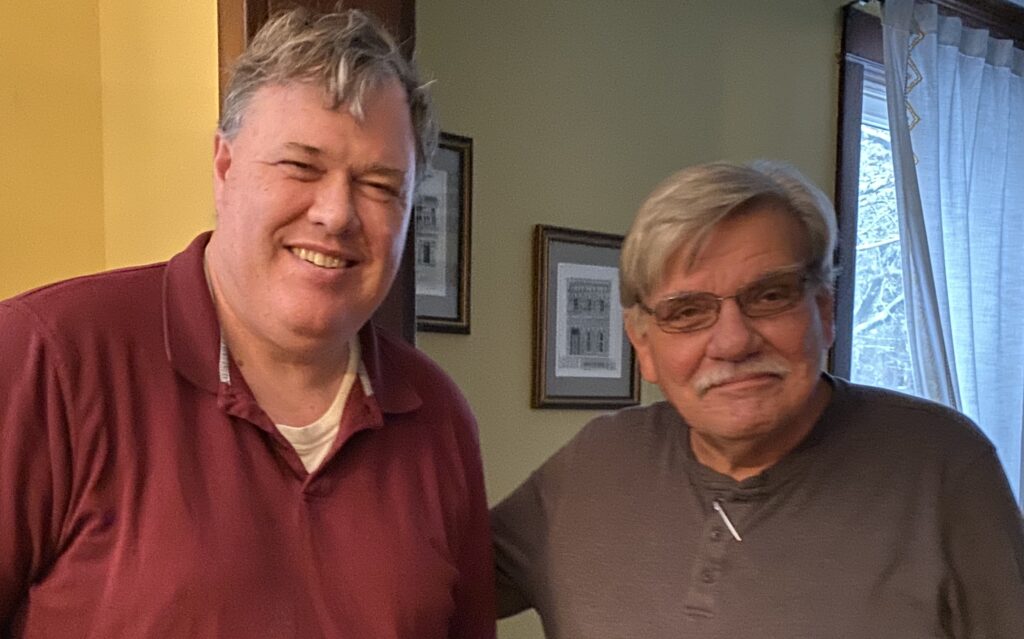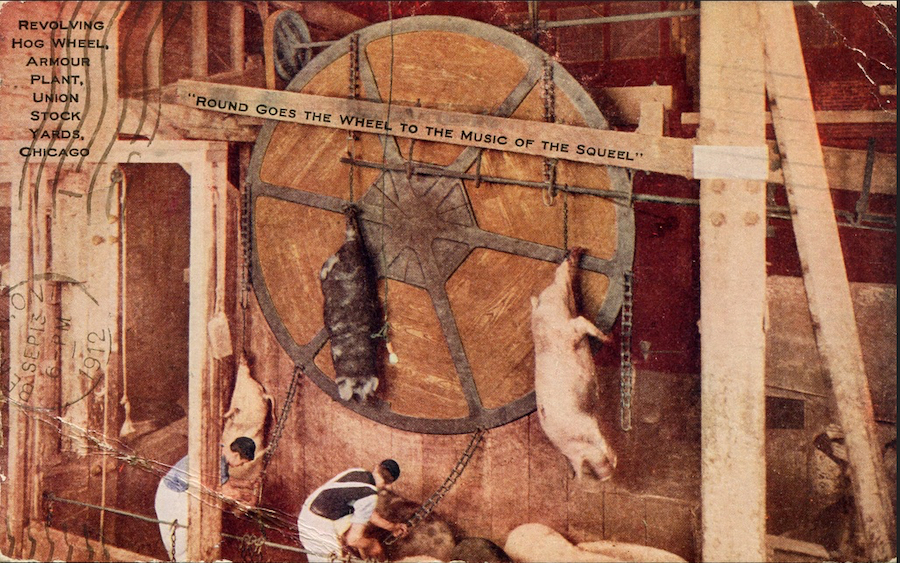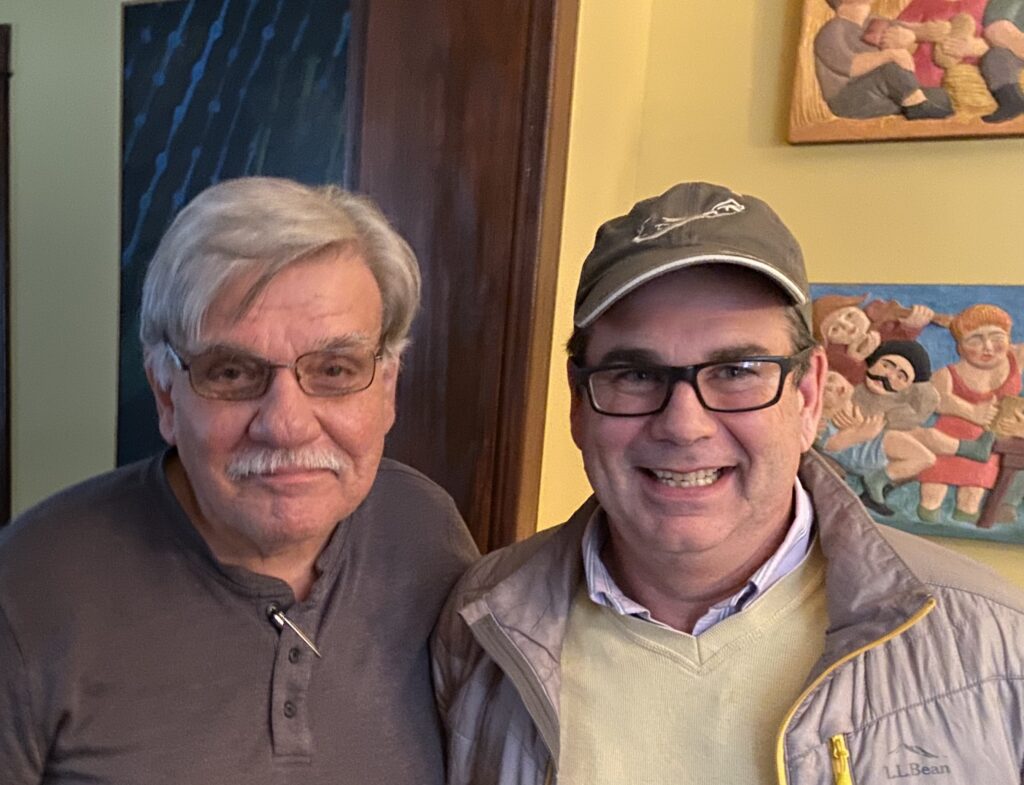Episode 30 – The Front Page
Chicago’s newspaper heyday boosted stories about murderers, high-society scandals, gangsters and more. Join us for this extended episode.
Chicago’s newspaper heyday boosted stories about murderers, high-society scandals, gangsters and more. Join us for this extended episode.
All too often history repeats itself — with tragic results. During the last 100-years, the killing of one person becomes symbolic and spawns a larger tragedy. Irregularly bubbling to the surface these crises rise from elemental rents and systemic failures in the fabric of society. We call to mind the deaths of George Floyd in Minneapolis on May 25th, 2020 and beating of Rodney King in Los Angeles on March 3rd, 1991 and so on cascading back to the stoning and subsequent drowning of Eugene Williams on July 27th, 1919 off Chicago’s 29th Street Beach.
The violence inflicted on these three men (and countless others) focused outrage to rally outcries, spark civil unrest and riots lasting multiple days. The conditions fanning the flames did not occur in a vacuum nor isolation, but built over time, due to compounding slights, inequality, and oppression. Although intermittent riots sprang up in different eras and regions of the country, the basic facts were the same; Black men were killed or beaten by white policemen or in Eugene Williams’ case, stones thrown and the palpable anger of whites against Blacks caused the drowning of the 17 year-old.
In the aftermath of these deaths and days of violence people asked, “Why did this happen?”
In Windy City Historians podcast Episode 29 – “The Chicago Race Riots of 1919” we explore the conditions of that hot, “Red Summer”, where Chicago, (and other cities) wrestled with the chaos of civil unrest. Through interviews with Claire Hartfield, the author of “A Few Red Drops: The Chicago Race Riot of 1919”, as well as commentary from Professor Charles Branham, Ph.D. we walk through the riot’s lasting legacy on Chicago, it’s Black community, and the many questions raised by an oppressive summer a century ago. Questions that are still being raised today, more than a century later.
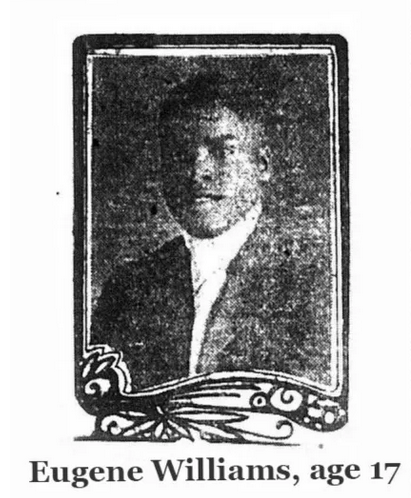

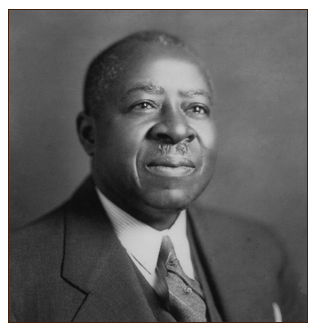
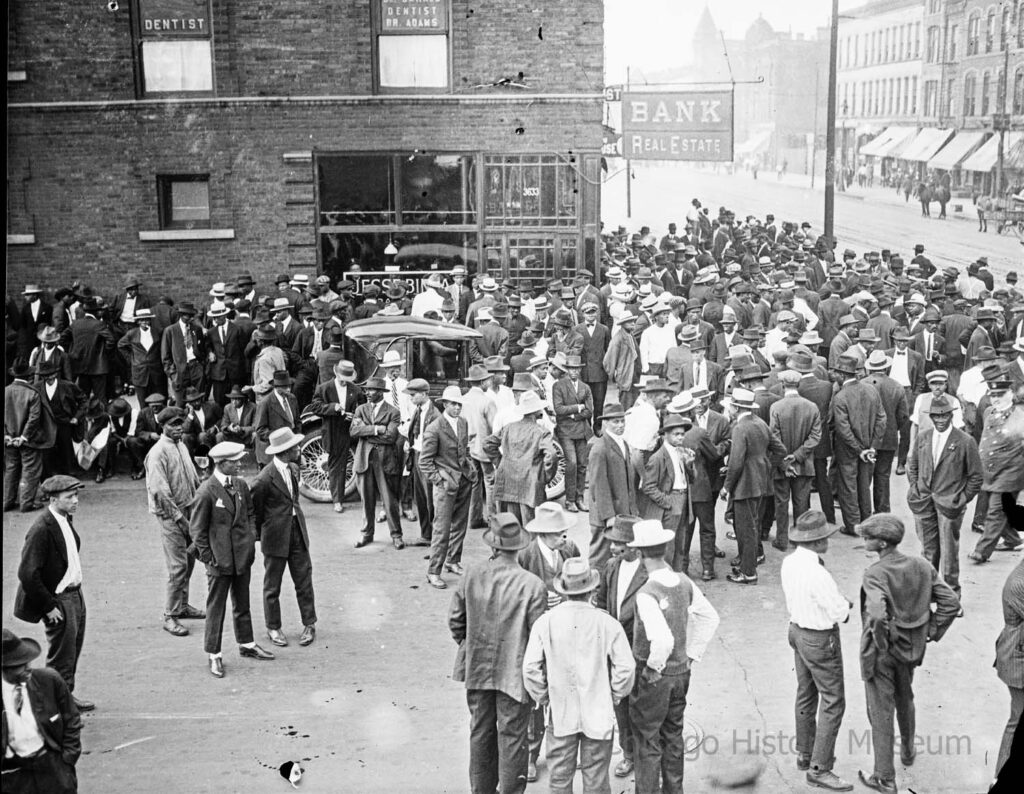

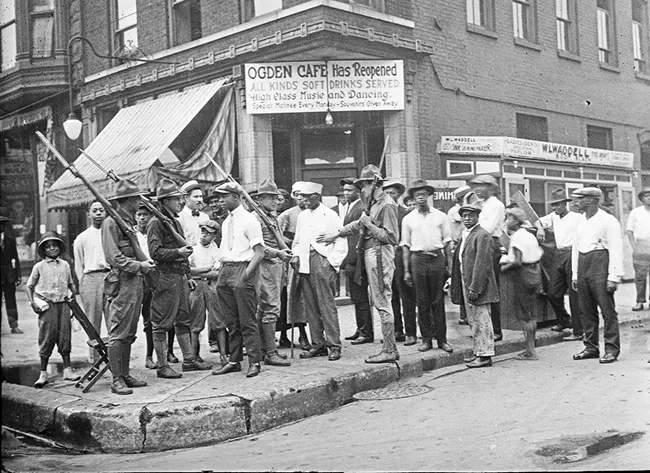

Hear from author Joe Gustaitis as we discuss how World War I transformed Chicago from a strongly German city into a modern metropolis.
In American history, we were taught that pioneers and homesteaders moved from east to west settling the continent in the greater pursuit of “Manifest Destiny” — killing and obfuscating the First Nations peoples’ way of life. However, another American pattern often overlooked is the migration from south to the north. Starting less than a century after a Black man of Haitian decent named Jean Baptiste Point DeSable became Chicago’s first non-indigenous settler; African Americans in large numbers began leaving southern States and moving to the north, which historians now call “The Great Migration”.
Their motives were that of people everywhere seeking jobs, opportunity, and a better life. Northern States offered jobs and a relief from the weight of Jim Crow. For many Chicago had became a beacon of hope as Black-owned newspapers and in particular the “Chicago Defender”, distributed by Pullman Porters, gave hope to generations of former slaves, farmers, and sharecroppers.
Beginning as early as the 1880s and then from approximately 1910 to the 1970, rural southern Blacks by the thousands made their way north throughout these decades. And, just as the journey changed them, their music, culture, and customs changed Chicago.
Northern cities, and Chicago in particular, were not always welcoming, as decent housing was scarce as restrictive covenants and red-lining forced African Americans to live in “The Black Belt”. This tightly constrained strip of blocks on the city’s south side, initially between 22nd and 31st Streets, later extending south to 39th and eventually to 95th Street and roughly sandwiched between the railroad tracks of the Rock Island on the west and Illinois Central to the east. But even with forced segregation, many black businesses thrived, and a sense of place was established creating Bronzeville and its famous “Stroll”.
Join the Windy City Historians as we delve into the Great Migration with Dr. Charles Brahnam, author and professor, and the perfect guide to take us on a journey into the Great Migration. A trip populated by famous brave and fearless black Chicagoans such as Ida B. Wells, Oscar DePriest, and Robert S. Abbott and into a better understand of this massive cultural shift for the nation and Chicago in particular.

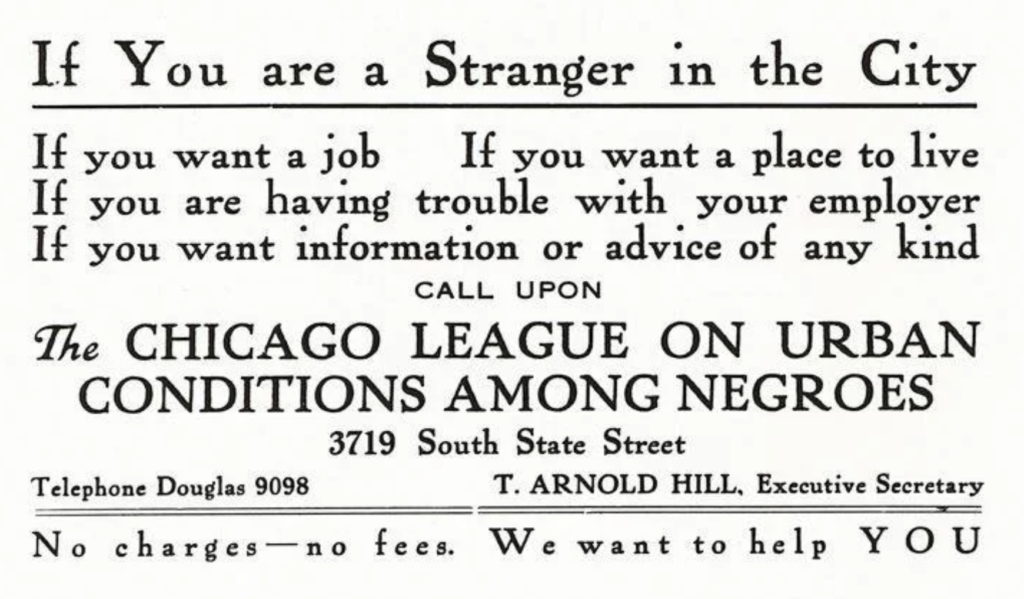
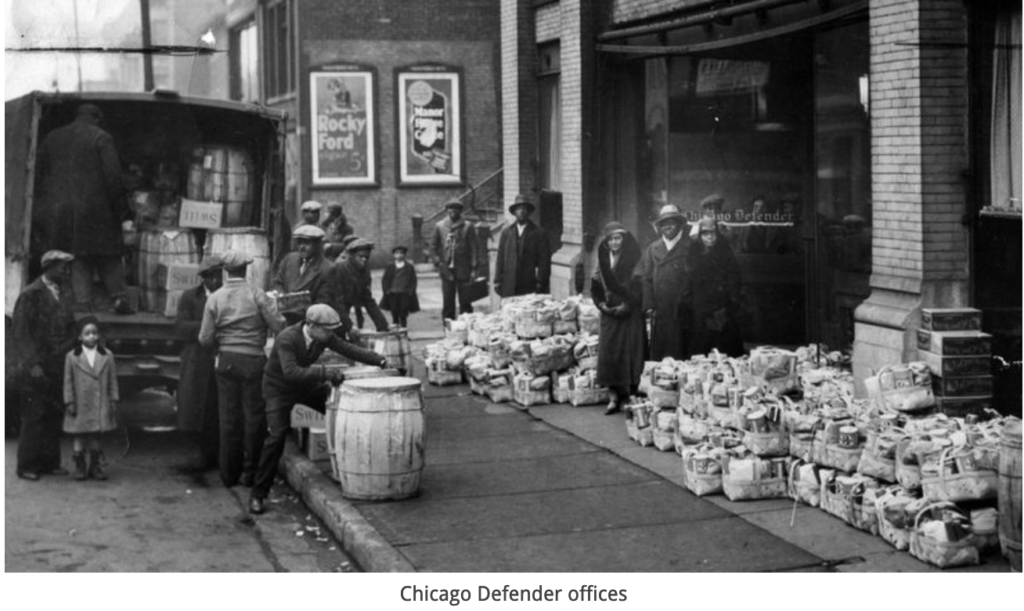

In 1909 Chicago changed dramatically both physically and intellectually. Having grown through fits and starts via annexation and experiencing the most rapid population growth of any city in history, to that point, the Chicago City Council approved a new street and address system in 1908. The new address system took effect in 1909 and employed the Philadelphia and furlong systems to renumber, rename, and rationalize street names and addresses across the city.
1909 also ushered in a momentous intellectual shift in perceptions of what Chicago was and could be. Authored by architects Daniel Burnham and Edward Bennett The Plan of Chicago offered an idyllic and revolutionary vision for Windy City that still resonate. Join us in this episode as we interview cartographer, historian, and geographer Dennis McClendon to delve into these concrete and esoteric plans that forever changed the physicality and vision of Chicago. Plans and improvements that are still relevant and reverberate acros Chicago’s streets, city planning, development and architecture to this day.
The path to riches is not often associated with journalism, but in the case of George Ade, writing for Chicago newspapers was his road to wealth and fame. Ade, (1866-1944) who was born and raised in Kentland, Indiana, attended Purdue University and then came to Chicago to work as a reporter in the heydays of newspapers.
Today George Ade is rarely remembered, with his books out of print, and decades since his musical comedies were performed. But from the 1890s to the early 20th century, he was compared to Mark Twain, a friend of his, and had not just one, but two hit plays on Broadway at the same time. Ade earned so much money from his successful books, plays and syndicated newspaper columns, he built an English Tutor on a 400-acre estate in Indiana, named Hazelden. There Ade threw big parties and was visited there by U.S. Presidents such as Theodore Roosevelt, William Howard Taft, and Calvin Coolidge. In fact, Taft began his Presidential campaign of 1908 from Hazelden.
Ade’s name lives on through his philanthropy, like the donation of 65 acres, with fellow alum David E. Ross, to Purdue University, for a football stadium in 1924, which is now known as Ross-Ade Stadium.
What was true then about Ade’s writing is also true now, and that is Ade’s stories are hilarious. His final book “The Old Time Saloon” (1931) is laugh-out-loud funny and a recent edition from the University of Chicago Press is annotated by Bill Savage.
Bill Savage, Ph.D. is a professor of English at Northwestern University and our guide through not only the work “The Old-Time Saloon: Not Wet – Not Dry, Just History” and this podcast. Dr. Savage paints a picture of the Chicago Ade knew from the high-class Saloons downtown to the more seedy establishments frequented by his friend, Finely Peter Dunne, whose literary bartender, Martin T. Dooley, delighted a nation with his quips.
Writers like Ade and Dunne started out as journalists, and along the way captured the rhythms of speech and the vernacular of the working man, and in doing so gave birth to a new type of literature. A style practiced later by authors such as James Farrell, Nelson Algren, Mike Royko and Stuart Dybek. We hope you will enjoy this dive into Chicago’s literary and drinking past.
October is Railroad history month in Chicago. Although we already released Episode 24 – The Railroads in honor of railroads history month there was too much good stuff to stop there.
For 150 years, Chicago has remained the country’s busiest rail hub at the center of the nation’s rail network. In all, 40 railroads provide services from Illinois to every part of the United States and all seven of the major North American freight railways converge in Chicago to make it the largest US rail gateway. Moving anything coast-to-coast by rail is almost guaranteed to pass through Chicago. In 2011, Illinois ranked first in the US for rail freight volume accounting for 490.4 million tons. Today, the state is the world’s third most active rail intermodal hub with 25% of U.S. freight rail traffic and 46% of all intermodal traffic beginning, ending or traveling through Chicago. Each day, nearly 500 freight trains and 760 passenger trains pass through the Chicago region, moving the goods and people that are the life blood of the national economy.
In this episode we talk with retired train engineer and rail historian David Daruszka to discuss Chicago’s rail history from its founding in 1848 to its peak in the 1940s and on into today’s operations. Though the waterways established Chicago the railroads soon became a key connector and transfer link to the continent from east to west and north to south. The development of Chicago from a frontier town into a world-class city could not have happened as it did without the railroads. Chicago became and arguably still is the greatest railroad center in the world. We hope you enjoy this journey into Chicago’s railroad history.
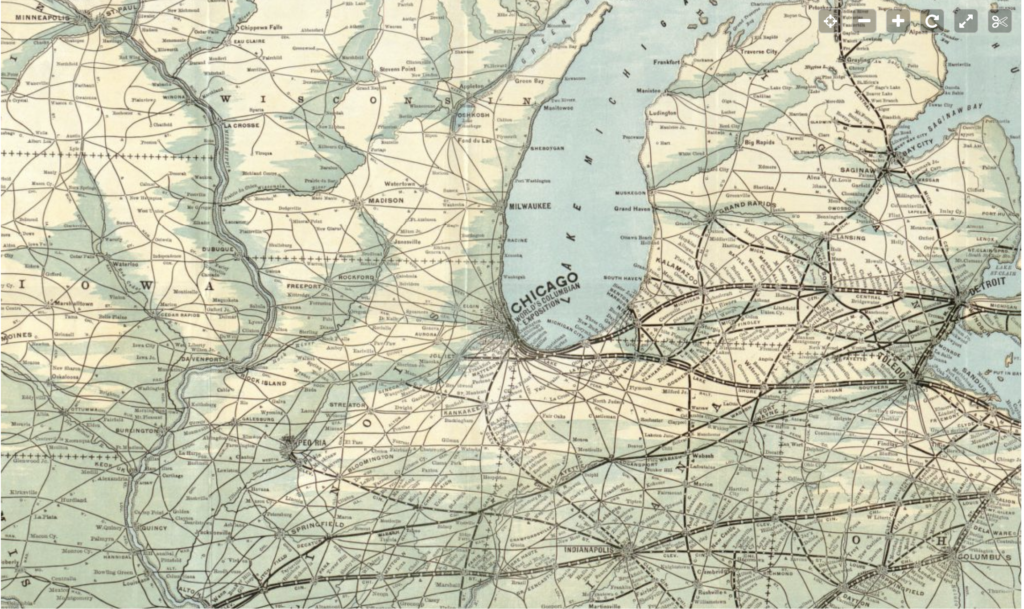
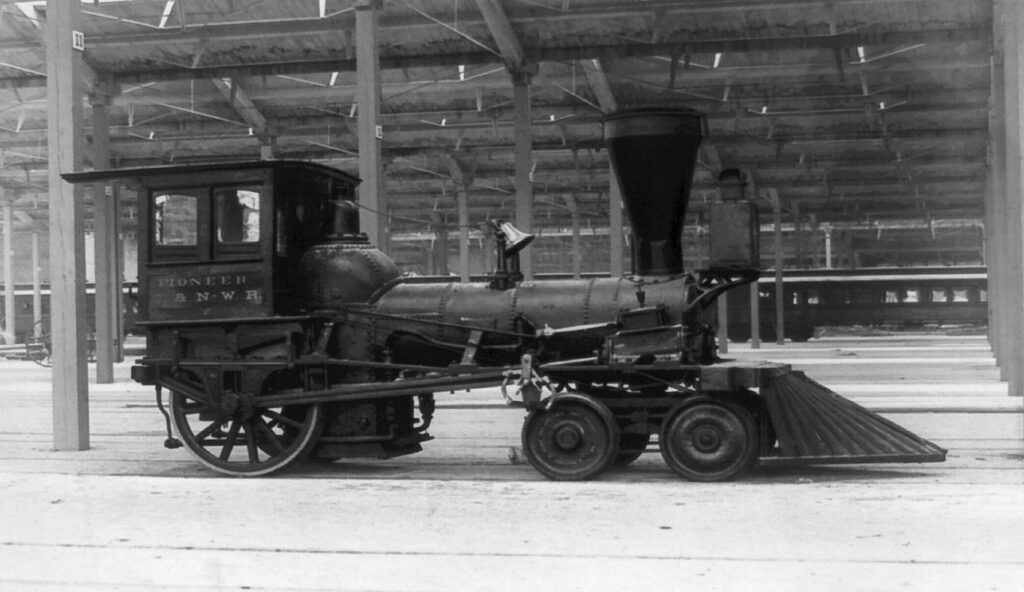


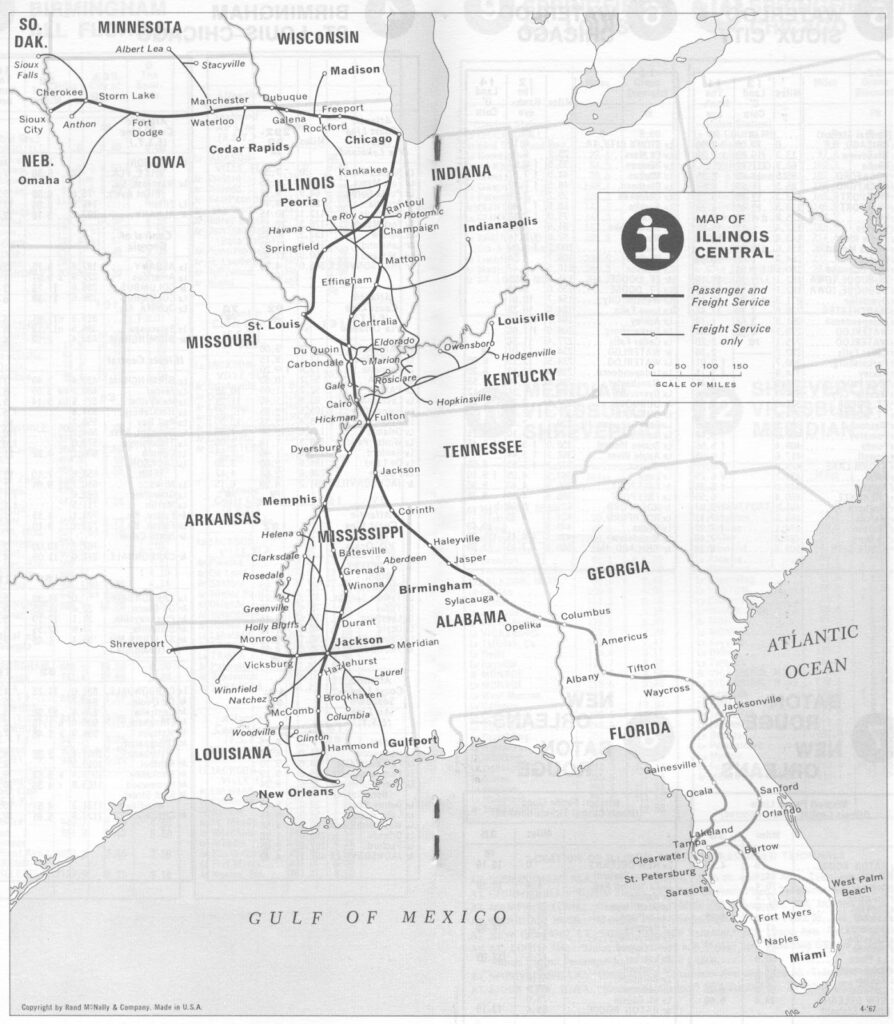
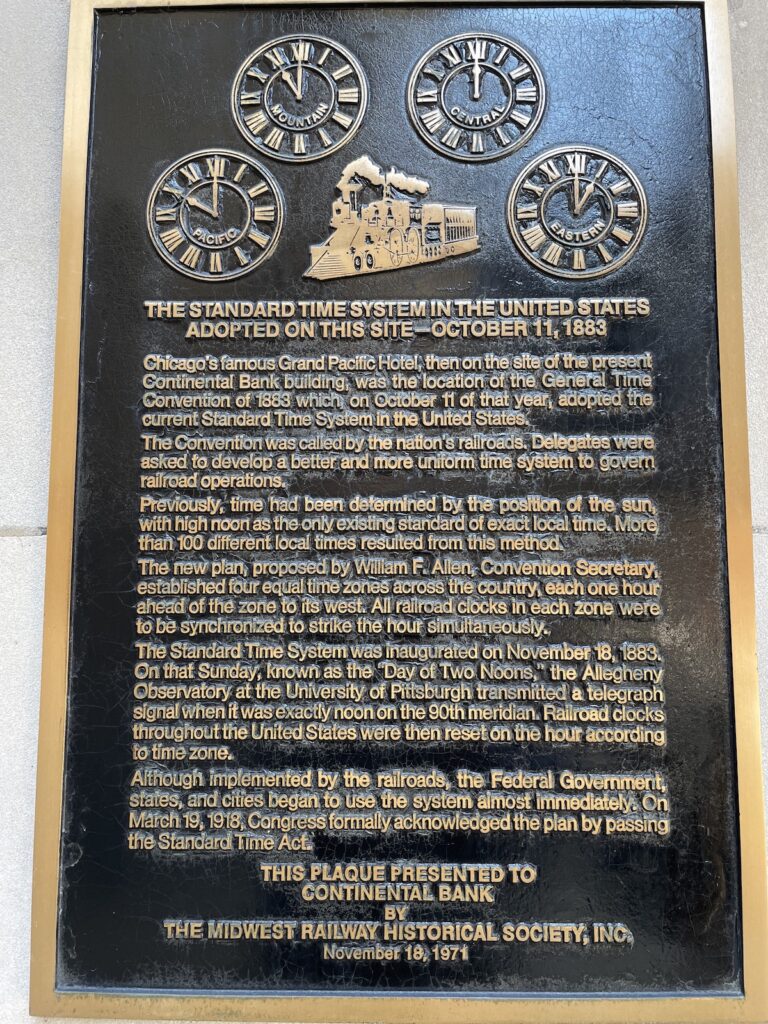
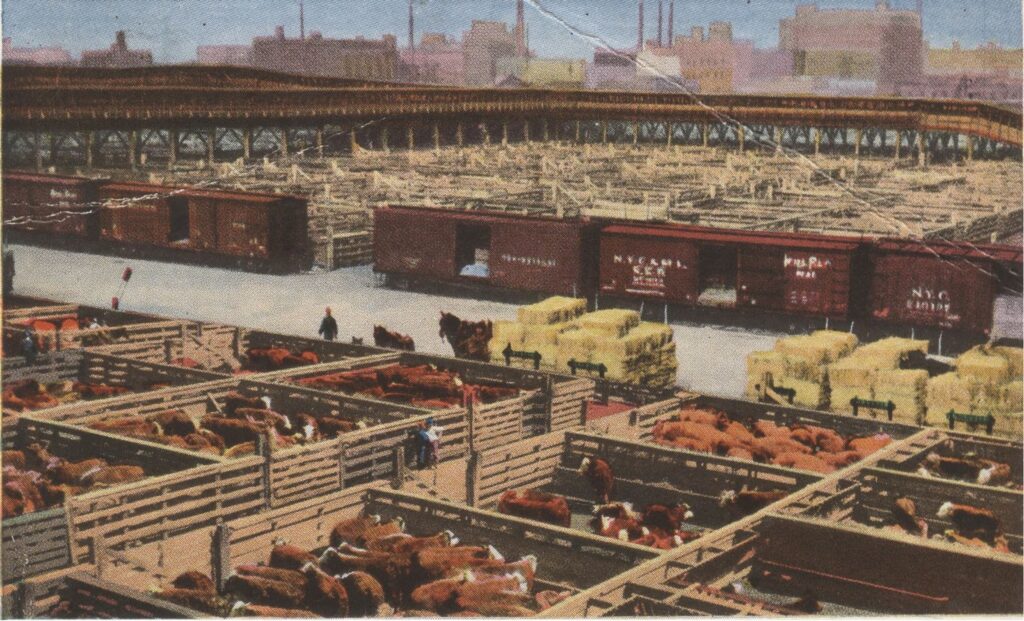
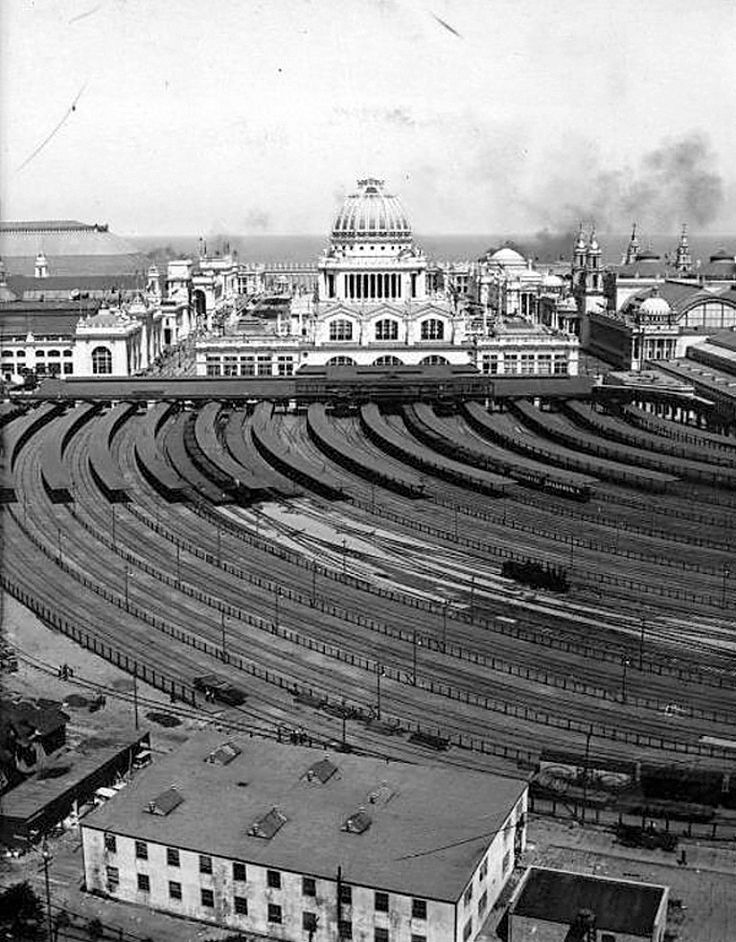

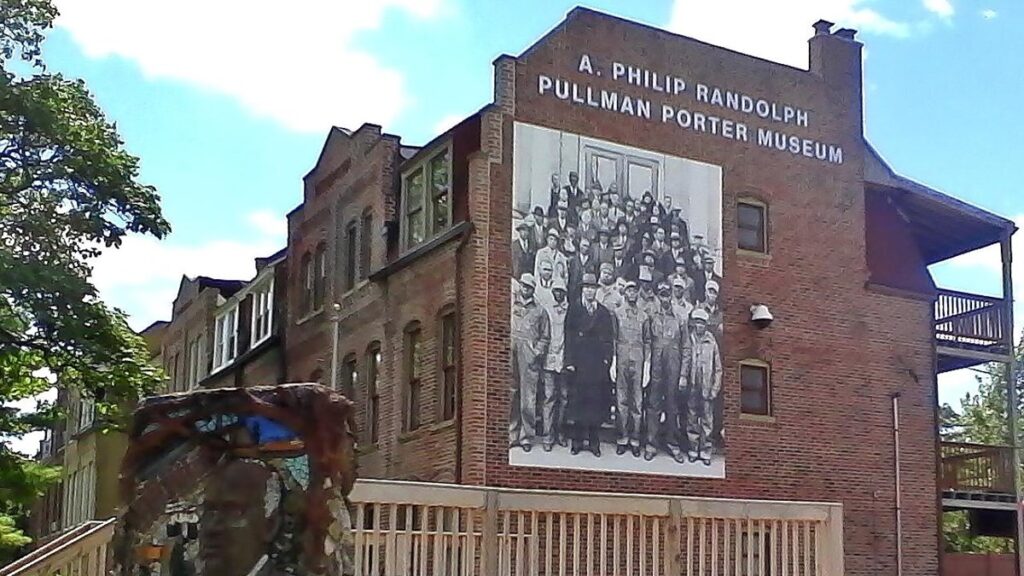
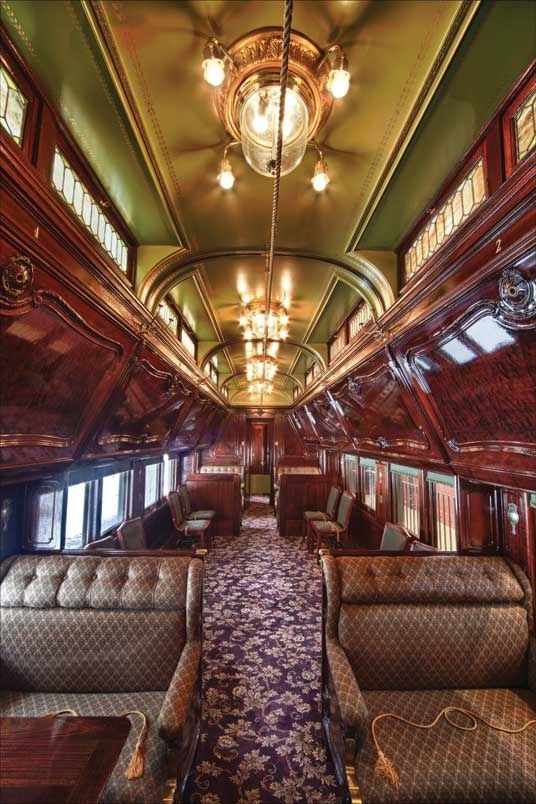

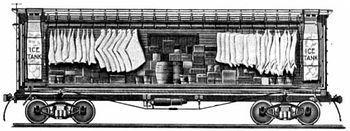
There is one story well-known throughout the world about the Windy City and a cow kicking over a lantern that set the Great Chicago Fire in motion. The fact that the story of Catherine O’Leary’s cow is totally false seems not to matter, as this wrong-headed legend continues to perpetuate itself with the general public. As the newspaper editor Dutton Peabody says in the 1952 film The Man Who Shot Liberty Valance, “when the legend becomes fact, print the legend.”
And so it is, a hundred and fifty years later, Mrs. O’Leary and her cow live on in popular culture.
The events of the evening of October 8th, 1871 would be the culmination of a prolonged hot, dry summer in the Midwest, and when Chicago began to burn, there were fires burning in several other places as well. However. Chicago and the legend of Mrs. O’Leary’s cow eclipsed the reporting of the other fires, and stuck in the popular imagination.
The Great Chicago Fire became the second star on the flag of Chicago, a marked tragedy, as approximately one-third of the residents lost their homes and the more than 300 who lost their lives. But the fire was also considered a beginning for Chicago, a reset, a blank slate — that would allow the city’s business leaders and architects to imagine a new and better Chicago to rise from the ashes like a great phoenix.
In this episode, the Windy City Historians interview William Pack, a historian and author of “The Essential Great Chicago Fire” (2015) to recount the events of that faithful Sunday night when smoke was spotted southwest of the city center, near the intersection of Jefferson and DeKoven Streets. It is an illuminating story of mistakes, delays, human error, and heroism, and a transformative event for the young city on the prairie that became the “City on the Make” as later chronicled by Nelson Algren. Two days after the fire co-owner and managing editor of the Chicago Tribune Joseph Medill wrote, “We have lost money, but we have saved life, health, vigor and industry. Let the watchword henceforth be Chicago shall rise again!” In December of that year Medill would be elected mayor of the City of Chicago as a candidate of the “fireproof” party serving two terms from 1871 to 1873.
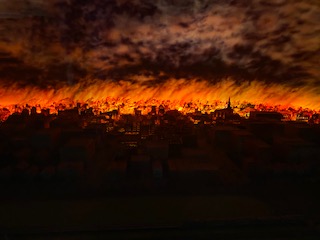
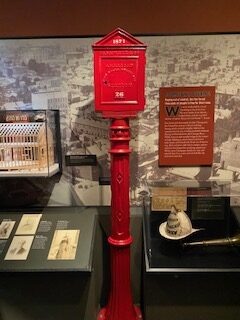
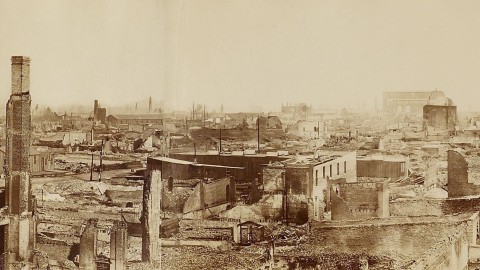
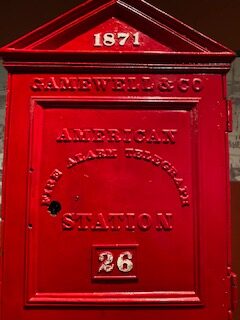
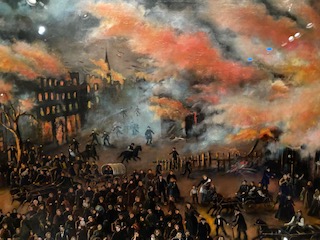


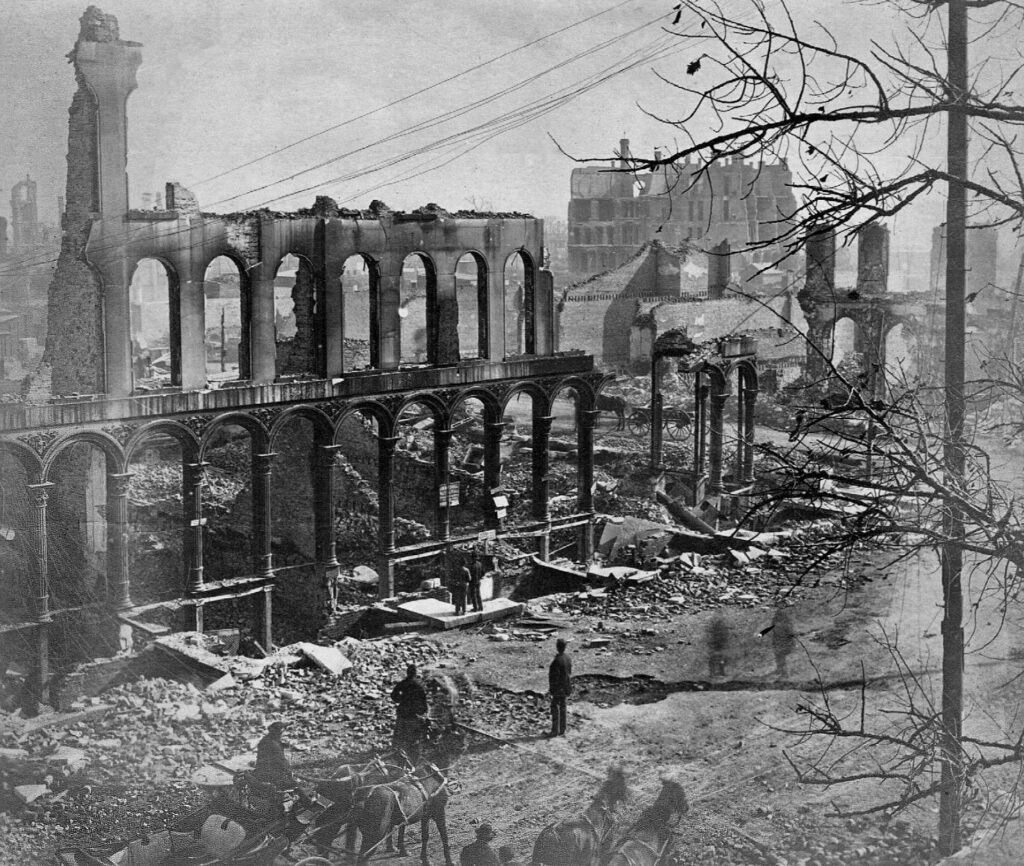

In the Spring of 2020, one of the first cracks in the American economy with Covid-19 was the closing of several meatpacking plants in the United States. The nature of the process with workers stationed in close proximity to one another, poorly ventilated spaces, and often arduous work conditions and practices became a breeding ground for the virus and created Covid hot-spots around the country. Meanwhile, the White House exercising its executive authority via the Defense Production Act ordered slaughterhouses to remain open for fear of disrupting of the nation’s meat supply.
This underbelly of the food chain is often overlooked, yet for more than a century Chicago was largely identified with wholesale slaughter and meat processing thanks to the Union Stock Yard & Transit Company, which opened on Christmas Day 1865. Stockyards and the downstream processing operations would soon become a ubiquitous presence in the economy of the growing metropolis of Chicago, the commerce of the United States, and the world.
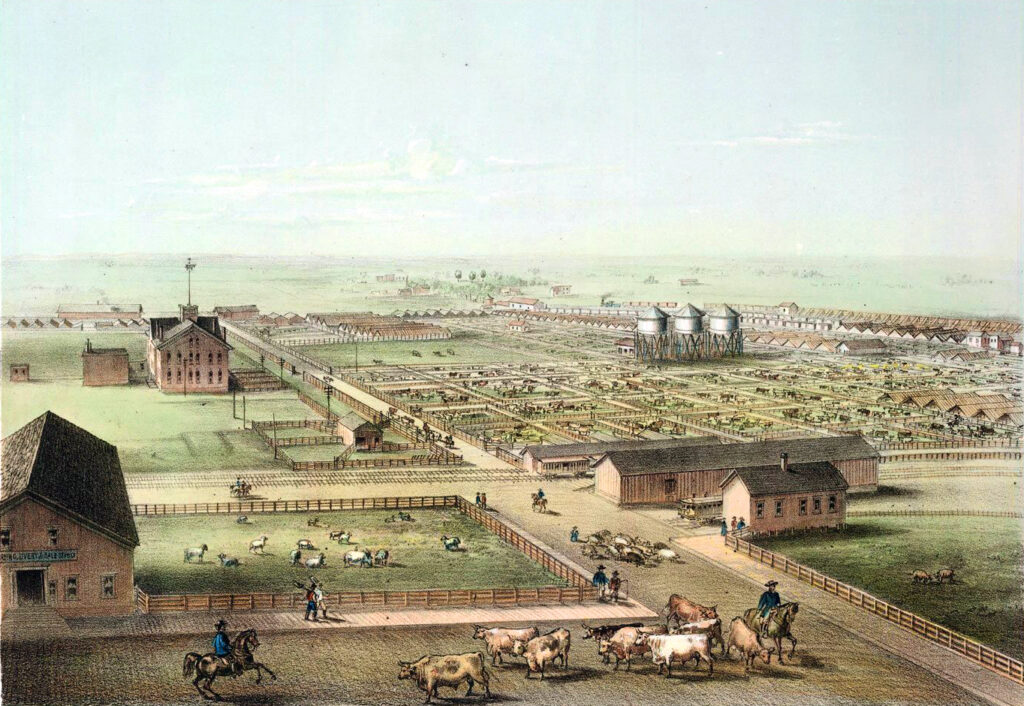
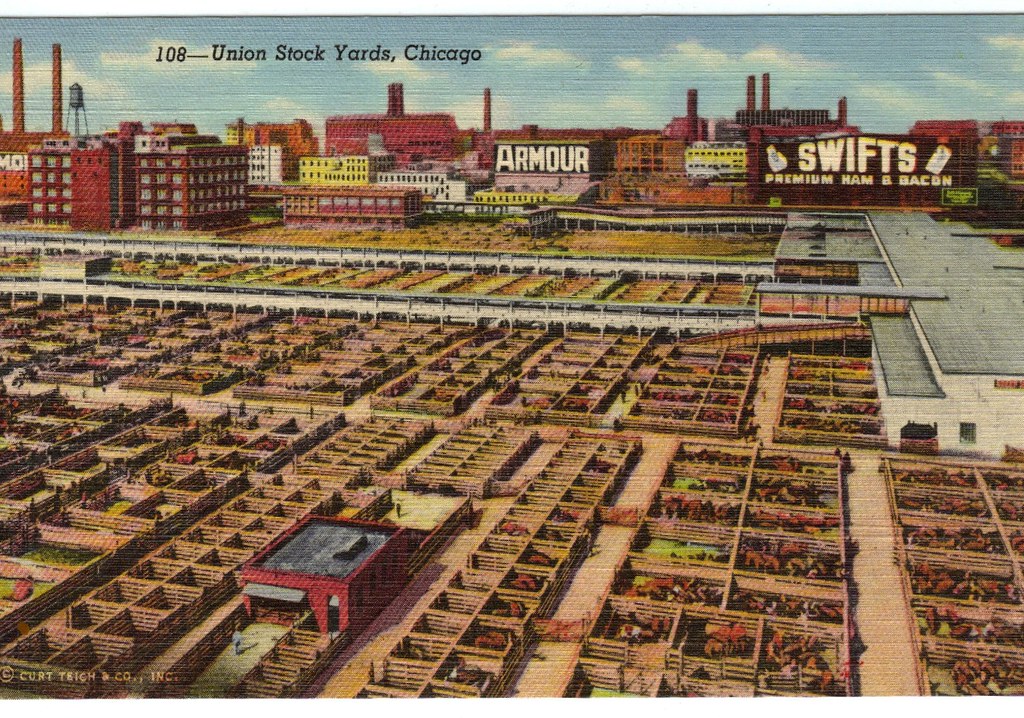

The Union Stock Yard & Transit Company led Carl Sandburg to coin the dubious moniker for Chicago, “Hog Butcher to the World.” Yet these operations provided an important testing ground for great ideas and smart solutions employing many great minds, including civil engineer Octave Chanute (1832-1910) and the architect Daniel Burnham (1846-1912). The Stockyards were a prime tourist attraction in Chicago for the general public and people of note such as authors Rudyard Kipling, who was shocked by it, or Upton Sinclair, who based his novel “The Jungle” on the conditions and worker experiences there. The Yards as locals referred to it spurred additional innovations — for instance the butchering disassembly line inspired Henry Ford to reverse the process to build automobiles which ultimately made them affordable to average Americans.
The Union Stock Yard created huge fortunes and dynasties with names like Armour and Swift, often on the back of worker exploitation, which prompted strife and conflict and influenced the development of labor unions. Great gusts blowing across the prairie turned small fires into great conflagrations on several occasions, and yet the Yards survived for more than a century before meeting its demise to the gradual shift of economic winds. However in its heyday, the Yards was the place to be. Join us in this episode to hear some more great Chicago history as we interview historian Dominic A. Pacyga, author of Slaughterhouse: Chicago’s Union Stock Yard and the World It Made.
